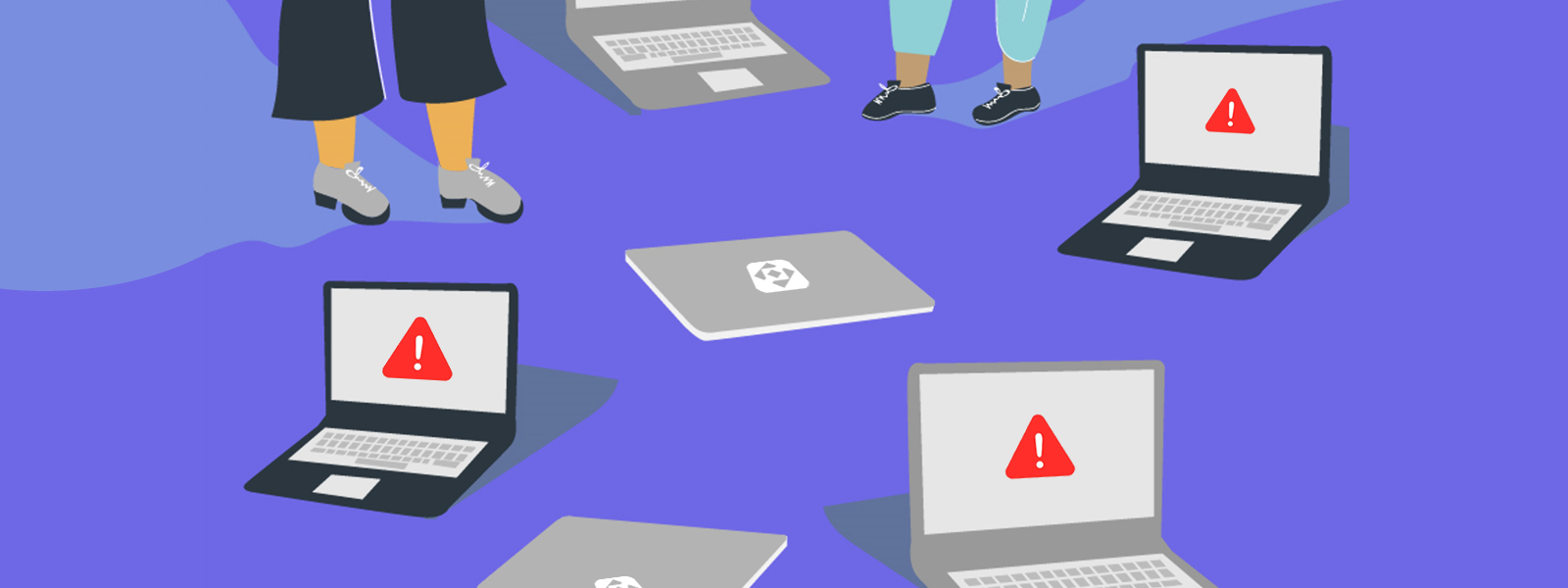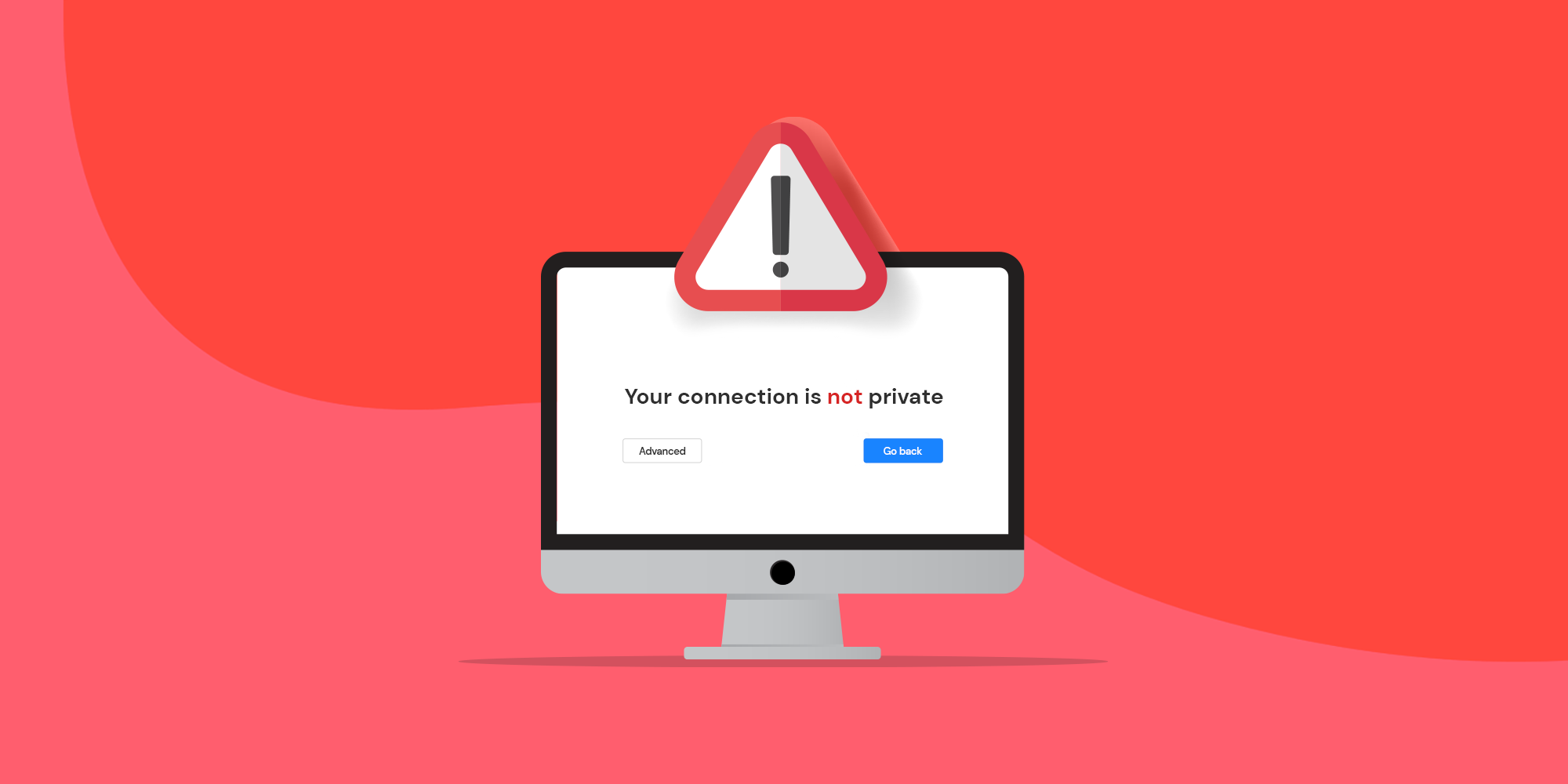
If you've ever been hit by the annoying message that your connection is not private when trying to access a website, you're not alone. This is a common error that many users encounter when trying to visit certain pages, and although at first glance it may seem like something serious, it has a relatively simple explanation and several possible solutions.
The problem is usually due to something wrong with the site's SSL certificate., which prevents a secure connection from being established between your browser and the website. This is important because, when browsing without a secure connection, your data could be at risk of being intercepted by third parties. However, in most cases, the problem can be solved in a few steps or, at least, understood by understanding why it occurs.
What is an SSL certificate and why is it so important?
The SSL (Secure Sockets Layer) certificate is a security protocol that ensures that all communications between your browser and the website are encryptedBasically, it acts as a 'lock' that protects the information you enter on the page (such as passwords, credit cards, etc.) from being read by unauthorized third parties.
When a website has a valid SSL certificate, its URL begins with 'https://' instead of the traditional 'http://'. The browser checks that the certificate is in order and, if everything is okay, allows you to access it without any problems. But when something is wrong with the certificate, that's when we see the message 'The connection is not private'.

This error can appear for several reasons: The certificate may have expired, it may not be configured correctly, or the browser may have problems verifying its authenticity. Sometimes the problem is not even on the page's side, but in the configuration of your own device.
Reasons why the message 'The connection is not private' appears
There are different reasons that can cause this error depending on whether the problem is with the website or the device you are browsing from:
- SSL certificate has expired: Many times, website administrators forget to renew their SSL certificates. When this happens, the connection is no longer secure and browsers block access to protect your data.
- Problems with the certificate issuing authority: The certificate may have been issued by an entity not recognized by the browser, causing an error such as the famous NET::ERR_CERT_AUTHORITY_INVALID.
- Incorrect date and time on your device: SSL certificates have a limited lifespan, and if your device's date or time is set incorrectly, your browser may interpret the certificate as having expired.
- Public Wi-Fi networks: If you are browsing from a public connection (for example, at an airport or a café), your network may not be configured to handle HTTPS connections properly.
How to fix the 'The connection is not private' issue
Fortunately, there are several solutions to this error, and many of them are easy to implement. Below are some of the most popular ones:
1. Reload the page
Sometimes the problem is temporary and can be resolved by simply refreshing the page. Click CTRL + F5 on your keyboard to do a force reload.
2. Clear cache and cookies
Browsers store data from the sites you visit to make loading faster, but This data can sometimes cause conflicts. Clear your cache and cookies from your browser settings and try loading the page again.
3. Use incognito mode
Private browsing or incognito mode does not store browsing data, so it can be useful to check if the problem is related to your browser's cache.
4. Check the date and time
If the date and time on your device are not set correctly, some SSL certificates may appear to be expired. Set the correct date and time to fix the problem.

What to do if you are the owner of the page
If you encounter this error on your own website, there are several actions you can take to fix it and ensure that your visitors don't freak out when they see the message.
1. Check that the SSL certificate is active: If your certificate has expired, you should renew it as soon as possible. It is also important that it is correctly configured to avoid errors.
2. Check that the certificate covers the entire domain: Make sure that the certificate also includes any subdomains (for example, 'www.yoursite.com' in addition to 'yoursite.com'), as many times the error occurs because the subdomain is not covered by the primary certificate.
3. Contact your hosting provider: Sometimes the problem may be on the server side. If you can't identify the source of the error, contact your hosting provider for help troubleshooting.
4. Perform an SSL server test: There are online tools that allow you to check if your server is properly configured in terms of SSL security. One of the most popular is Qualys SSL Labs, which shows you a detailed report of how your site is configured.
5. Correctly configure the certificate for the subdomains: In case you have subdomains, make sure that the SSL certificate covers both the main domain and said subdomains, thus avoiding common errors related to uncovered domains.
When you're thinking about the security of your site, remember that millions of users won't want to browse a site that displays a message that the connection is not private. Protecting communications between your site and visitors should be a priority.
Advanced solutions
In addition to the simpler methods we have mentioned, there are some more advanced actions that can also help you fix the 'The connection is not private' issue.
1. Disable HTTPS scanning in your antivirus
Some antivirus programs have a feature that scans HTTPS connections. If this option is enabled, it can cause conflicts with certain SSL certificates, causing the error message to appear. Temporarily disable this option in your antivirus and see if the problem goes away.
2. Temporarily disable the VPN
If you are using a VPN for browsing, it may be interfering with the site's SSL certificate. Disable the VPN and try accessing the site again.
3. Ignore the error and continue browsing (at your own risk)
If, despite the error message, you decide that you trust the site and want to continue, you can do so. Most browsers allow you to 'force' access, although we warn you that this is not recommended if you are entering sensitive data.
To proceed, simply click on 'Advanced' and select the 'Continue Anyway' option. This should allow you to access the page despite the error.
Resolving the 'The connection is not private' error doesn't have to be complicated, you just need to identify the cause of the problem and apply the appropriate solution. Most of the time, this is a temporary issue with the SSL certificate that can be resolved with a simple update or tweak.
Whether you're a web surfer or a website owner, keeping these tips in mind will save you a lot of headaches when faced with SSL errors.
I am a technology enthusiast who has turned his "geek" interests into a profession. I have spent more than 10 years of my life using cutting-edge technology and tinkering with all kinds of programs out of pure curiosity. Now I have specialized in computer technology and video games. This is because for more than 5 years I have been writing for various websites on technology and video games, creating articles that seek to give you the information you need in a language that is understandable to everyone.
If you have any questions, my knowledge ranges from everything related to the Windows operating system as well as Android for mobile phones. And my commitment is to you, I am always willing to spend a few minutes and help you resolve any questions you may have in this internet world.